Strawberry
Strawberries have a glycemic load (GL) of 1.9, which is lower than that of pomegranates (GL of 6.7). This means that for the same amount of consumption, replacing pomegranates with strawberries can help lower post-meal blood sugar levels by about 72%, which is good for people with diabetes.
In addition, strawberries also contain a lot of vitamin C. Supplementing vitamin C can help improve insulin resistance in cells, while enhancing insulin synthesis in the pancreas, thereby contributing to reducing blood sugar levels after meals.
Grapefruit
Grapefruit has a glycemic index (GL) of 3, which is 2.2 times lower than the GL of pomegranate. This makes grapefruit a good nutritional alternative to pomegranate in the diet of diabetics, as it causes less of a rise in blood sugar after eating than pomegranate.
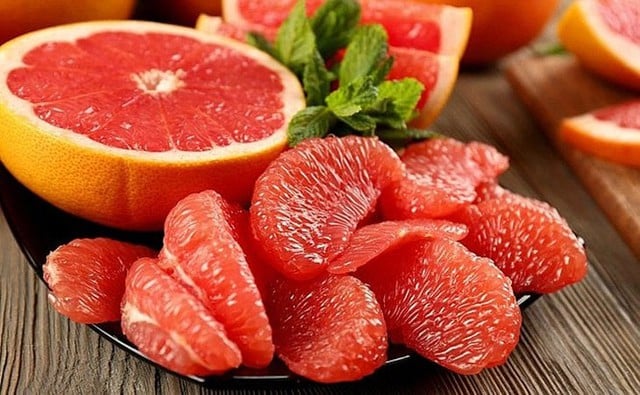
Grapefruit has a glycemic index (GL) of 3, which is 2.2 times lower than the GL of pomegranate.
On the other hand, grapefruit also contains a lot of potassium and a moderate amount of fiber. While potassium helps regulate blood pressure and prevent cardiovascular complications, fiber helps slow down the absorption of sugar in the intestine, thereby reducing the risk of sudden increases in blood sugar after meals.
Cherry
Cherries have a GL of 4, which means they are low in sugar. This means that consuming 100g of cherries does not pose a risk of causing a sudden increase in blood sugar, making them safe for diabetics.
On the other hand, cherries also contain many antioxidants called anthocyanins. This is also the natural compound that gives cherries their characteristic purple color.
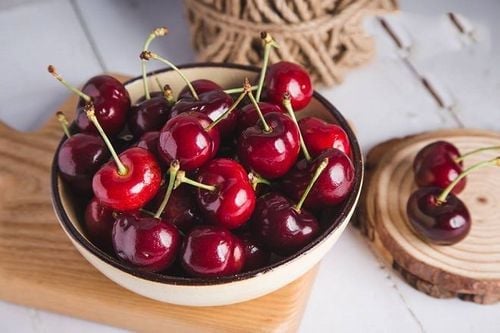
Consuming cherries can help slow the progression of diabetes and help patients prevent related complications early.
For people with diabetes, anthocyanins have been shown not only to improve insulin resistance in cells (the main cause of type 2 diabetes), but also to have a protective effect on the pancreas (the organ responsible for producing the hypoglycemic hormone insulin).
Therefore, consuming cherries can completely contribute to slowing the progression of diabetes and helping patients prevent related complications early.
Blueberry
In addition to having a low glycemic load (GL of 4), blueberries are also rich in antioxidants called polyphenols.
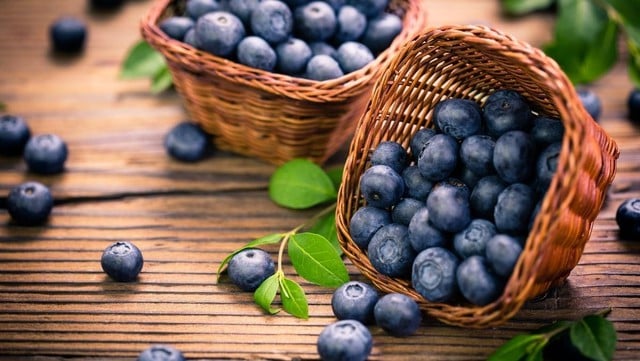
In addition to having a low glycemic load (GL of 4), blueberries are also rich in antioxidants called polyphenols.
Polyphenols can have a supportive effect on blood sugar control for diabetics through many different mechanisms, including: Preventing glucose absorption in the intestine; Stimulating the pancreas to increase insulin secretion; Improving insulin sensitivity in cells; Inhibiting glucose release in the liver.
Apple
Apples have a glycemic index (GL) of 5, while pomegranates have a GL of 6.7. This means that for the same amount of consumption, replacing pomegranates with apples reduces post-meal blood sugar levels by 25%, which is good for diabetics.
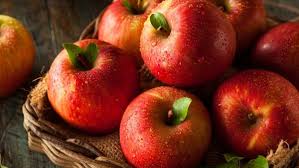
Apples have a glycemic index (GL) of 5, while pomegranates have a GL of 6.7.
In addition, apples also contain a lot of the antioxidant quercetin. This nutrient has been proven to help reduce blood sugar levels by enhancing the synthesis of hypoglycemic hormones (insulin) in the pancreas.
Source: https://giadinh.suckhoedoisong.vn/5-loai-qua-sau-co-chi-so-duong-huyet-gi-thap-tot-cho-nguoi-benh-tieu-duong-172250420231113025.htm



![[Photo] Prime Minister Pham Minh Chinh chairs meeting of Steering Committee for key projects and railway projects](https://vstatic.vietnam.vn/vietnam/resource/IMAGE/2025/4/26/b9534596258a40a29ebd8edcdbd666ab)
![[Photo] Ho Chi Minh City people's affection for the parade](https://vstatic.vietnam.vn/vietnam/resource/IMAGE/2025/4/26/7fcb6bcae98e46fba1ca063dc570e7e5)
![[Photo] Readers' joy when receiving the supplement commemorating the 50th anniversary of the liberation of the South and national reunification of Nhan Dan Newspaper](https://vstatic.vietnam.vn/vietnam/resource/IMAGE/2025/4/26/283e56713da94988bf608393c0165723)
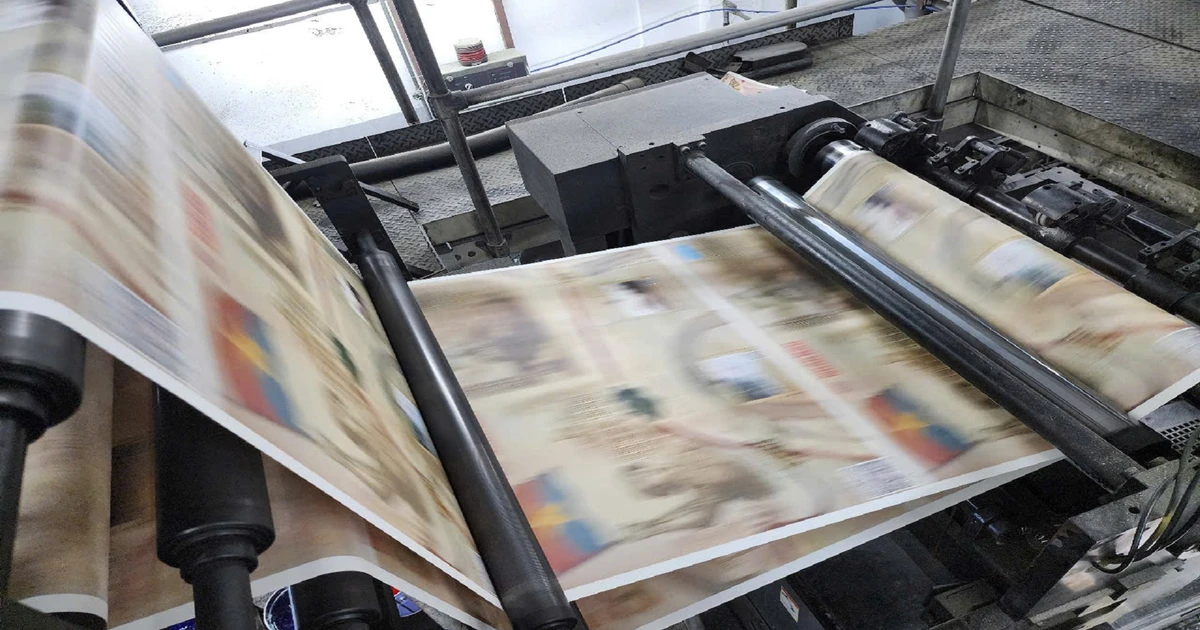
![[Photo] Young people line up to receive the special supplement commemorating the 50th anniversary of the Liberation of the South of Nhan Dan Newspaper](https://vstatic.vietnam.vn/vietnam/resource/IMAGE/2025/4/26/9e7e624ae81643eba5f3cdc232cd07a5)
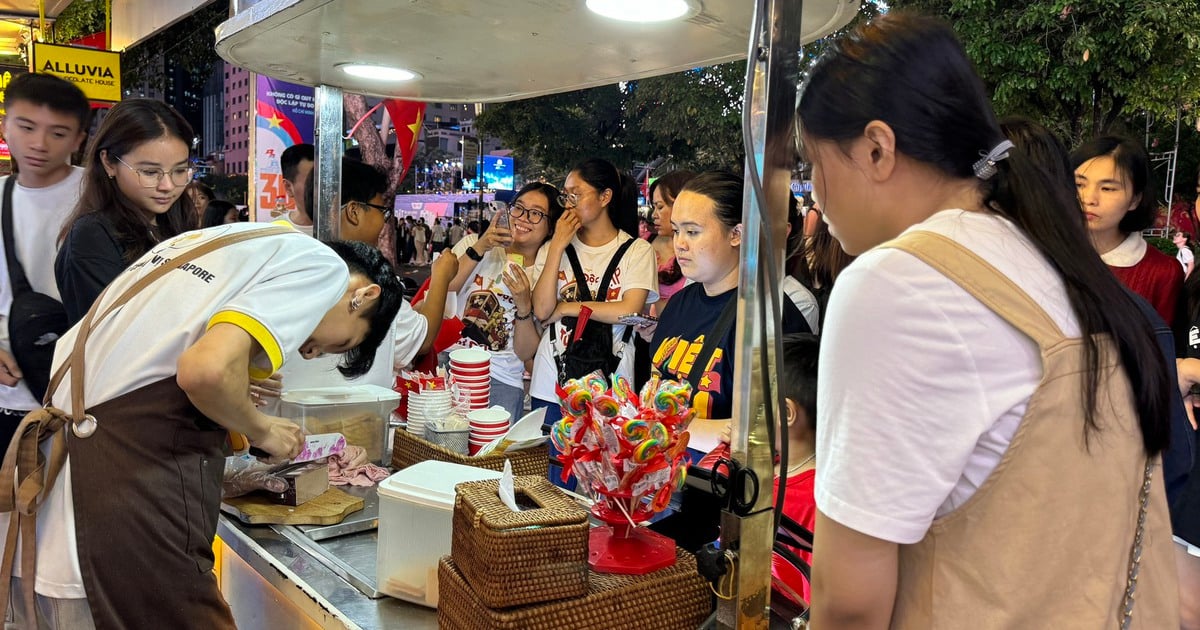
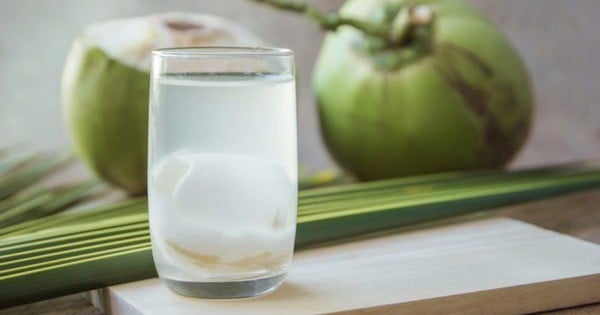
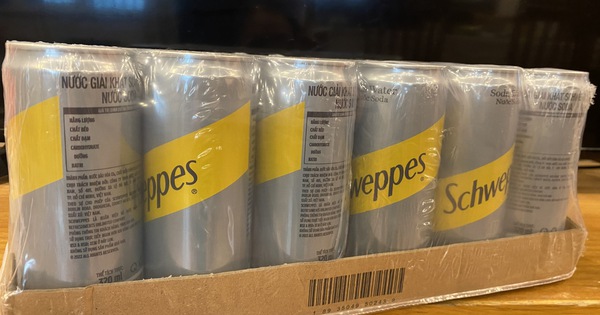

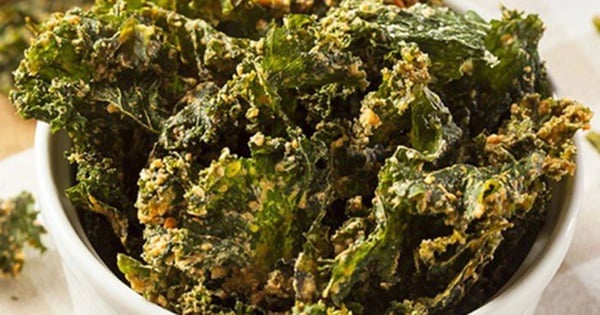

























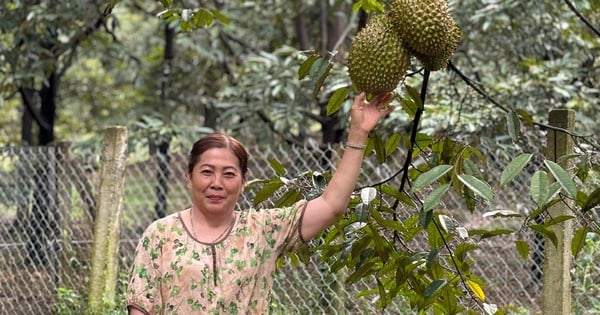








































![[Podcast]. Sunshine in the Garden](https://vstatic.vietnam.vn/vietnam/resource/IMAGE/2025/4/26/cff9465e7e8943709b733105183919d7)


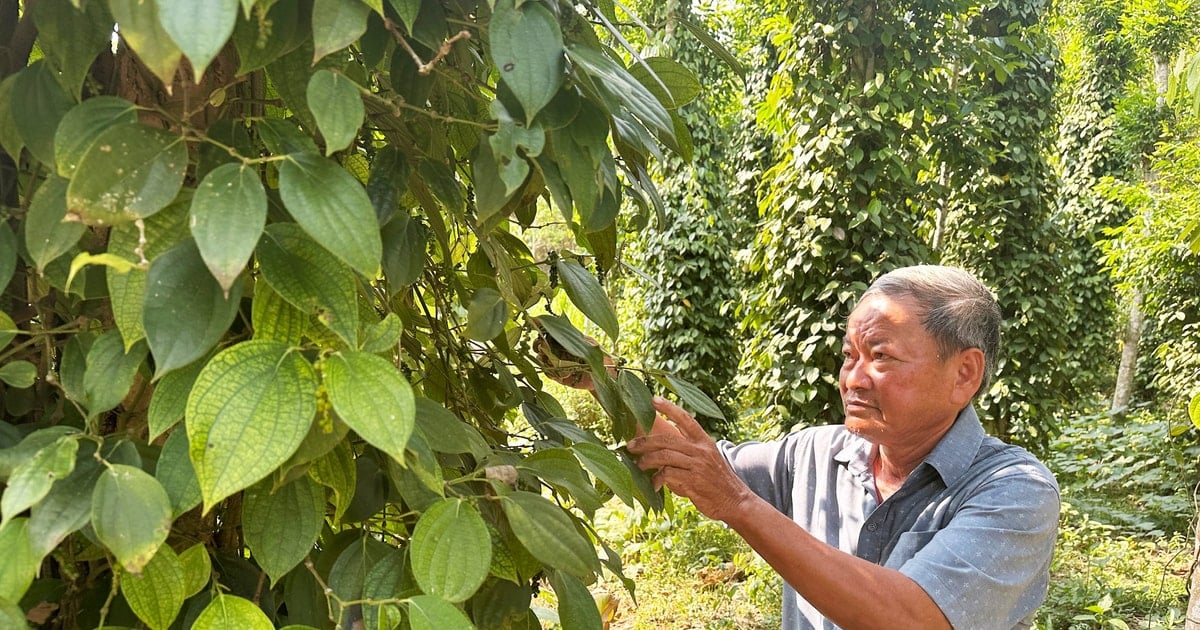





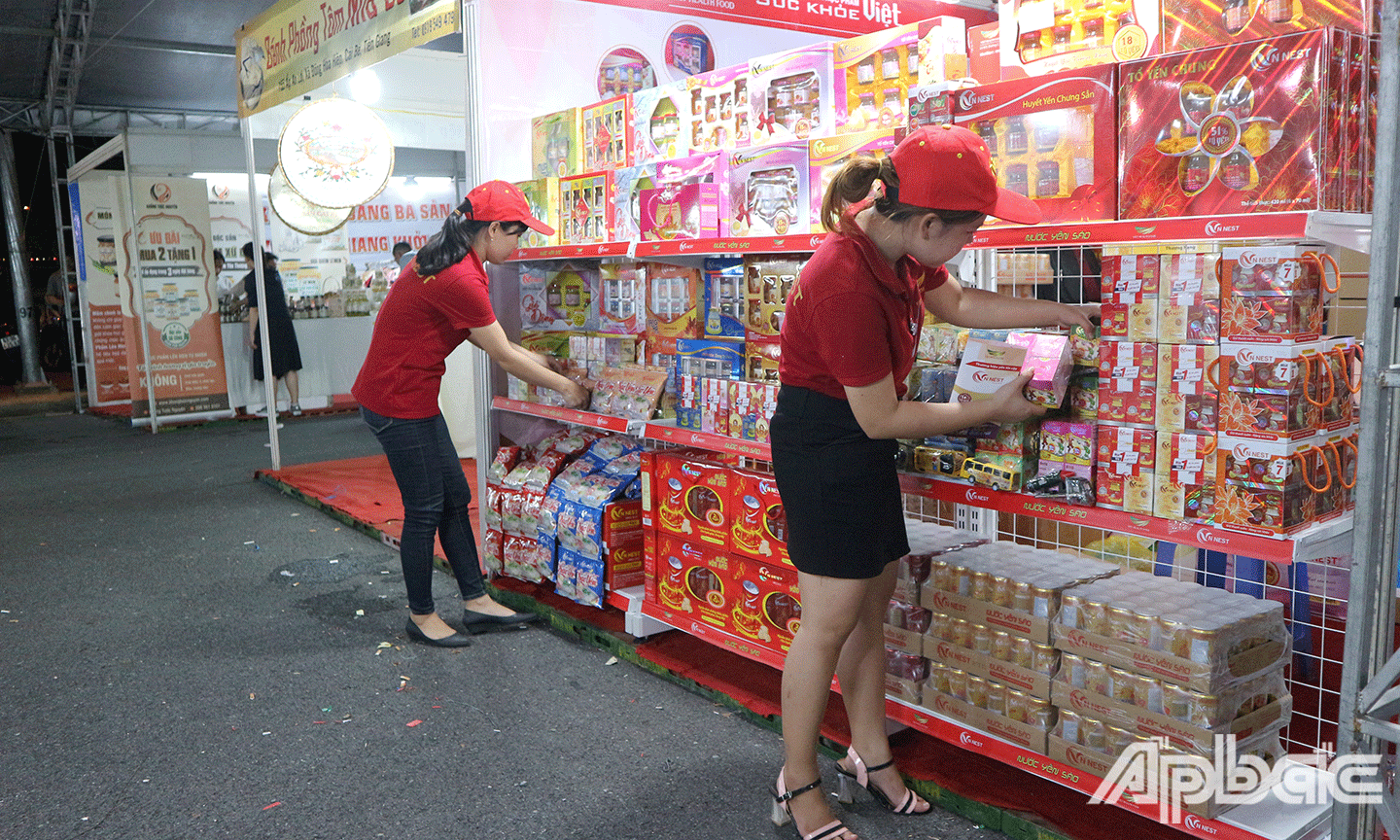


Comment (0)